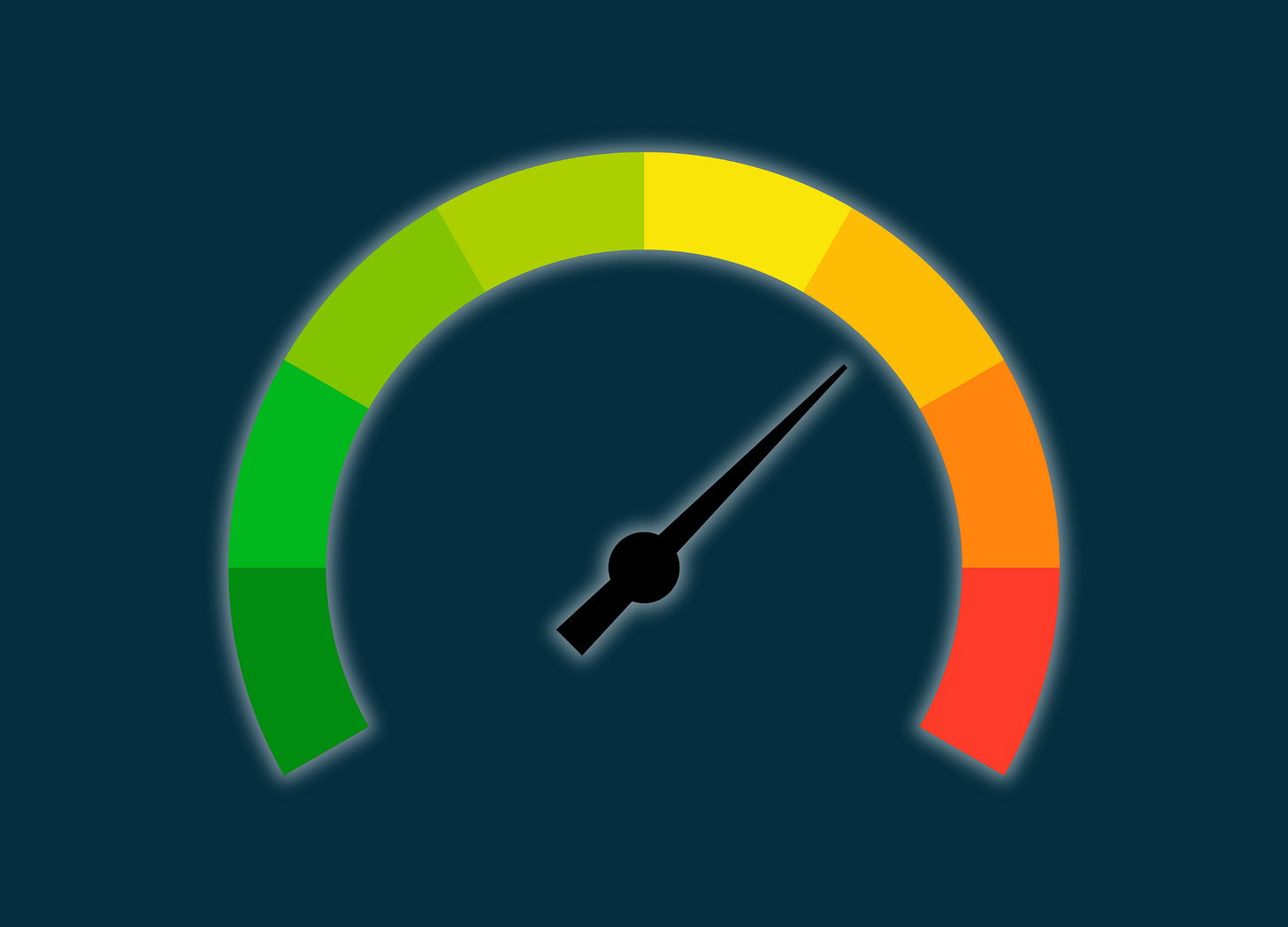The Three Pillars Of Resistance Training
One of the best things about doing something for a long time is that you’ve already done the messy work of traveling down blind alleys and making mistakes. As you prune away the wrong paths, the way becomes clear, and you can share that path with others on the same journey. In my case, I’ve been lifting weights since I was 12 years old and have been training clients for over 15 years, so I’ve got a pretty good idea of what does and, more importantly, what doesn't matter for resistance training.
These three principles are what I call the holy trinity of lifting. They are not comprehensive in that they don’t get into the details of training like workout frequency, exercise ordering, exercise selection, etc. Those things matter, but they make up maybe 20% of results.
No, what I’m talking about are the variables that are so important that, without them, you might as well not even be working out. Let’s get into them.
Consistency
Consistency forms the bedrock of any routine. If you can’t show up consistently, nothing else matters. Body composition changes are the result of adaptation, and adaptation relies on consistency. When you work out:
The workout stresses the muscles, tendons, nervous system, etc.
Recovery ensues, so muscle fiber integrity and energy levels are restored
Adaptation takes place. The nervous system is more efficient, and muscles and connective tissue are now stronger.
But these adaptations don't last forever, and unless you're consistently taking advantage of the window of improved performance, it can be challenging to make long-term progress. And without progress, it’s nearly impossible to unlock higher levels of strength and muscle growth.
Here are more thoughts on consistency:
Put your workouts on your calendar. Designate a day, time, and place for each one and do everything in your power to prevent outside forces from interfering. Ambiguity destroys habits.
Don't miss two workouts in a row. One occasionally missed workout is an anomaly, but two missed workouts are the start of a new trend. It's not the falling off the wagon that's the problem; it's the staying off.
The problem is not the missed workout. It's permitting yourself to miss future workouts. When you miss a workout, your threshold for missing future workouts decreases. It’s sort of like breaking the seal. When you’ve done something once, you need less justification to do it again. Skipping workouts should be reserved for when you absolutely cannot avoid it.
Adjust your workouts for the season of life you’re in. Busier periods need shorter, less demanding workouts. A hectic work schedule, children, travel, etc., all have the potential to derail your workout habit. It takes less than you think to maintain strength, so rather than stopping them altogether, do what your schedule allows. No one can ask more of you than that.
Waiting until the right time to start or build consistency is rarely the answer. Life always gets in the way, and there will rarely be a point in the future where things get easier or less chaotic. Life works that way. If you can learn to be consistent with limited capacity, your workout routine will be more resilient.
I cannot reiterate this enough. You should always be optimizing for consistency. No matter how great your program is, if you cannot consistently do it, it will not work.
Effort
Now that you’ve mastered showing up, training hard-ish is the next pillar. You don’t need eyes-bulging, spittle-flying, white-knuckling effort on every set. In fact, that may be counterproductive. But if you want to improve strength and body composition, your training must create enough stress to stimulate adaptation in your body—little to no effort means no change.
The system for measuring/tracking effort
Effort is subjective, so to create some standardization, I use a system called Reps In Reserve (RIR). RIR refers to how many more reps you could have done before achieving muscular failure.1 If you were doing bench press, for instance, it would be the point at which you could not physically push the bar to lockout after making contact with your chest.
An RIR of 0 means you couldn’t have done another rep. An RIR of 1 means you could have done one more rep, an RIR of 2 means two more reps, and so on. The higher the RIR, the less stimulating the sets are and the less accurate the rating is.
Most of my clients stay within an RIR of 0-5, depending on the exercise, to maximize the stimulus without creating excessive fatigue. As clients advance and improve at estimating proximity to failure, their RIR is consistently in the 1-3 range.
Here are some general tips for giving and gauging effort:
On exercises that are safe to fail, fail. At least in the beginning. Most people struggle to train with effort because they have no idea where their limit is. For movements like overhead presses, rows, pulldowns, pull-ups/chin-ups, hip thrusts, and most machine and isolation exercises, take at least one of the sets to failure. Once you know where that point is, what it feels like, and consistently get close to it, your sets will be more stimulating. You might want to avoid failure on exercises that are dangerous to “bail out” of, like barbell bench press, barbell squats, and leg press.
Once you understand where failure is, consistently stay just short of it. Taking a set to complete muscular failure (RIR 0/RPE 10) creates a disproportionate amount of fatigue such that you may see a marked drop in reps from set to set. A loss in reps across your sets means a reduced stimulus for muscle growth. While strength may not be directly affected by proximity to failure, strength does rely on muscle growth beyond a certain point. Once you understand where failure is, try to stay 1-2 reps shy of it to avoid long recovery demands.
The load should be slowing down significantly by the end of your set. If the bar, dumbbell, machine handle, whatever is still moving at almost the same speed as when you started, you're nowhere near failure. There is an inverse relationship between the velocity of the load and your proximity to failure. No slowdown means the set isn’t hard enough.
Progressive Overload
Let’s say you have a program that calls for squats, and you decided to start with 95 pounds. You’re showing up consistently, you’re training hard for each set, but you notice that after a week or two, 95 pounds is starting to feel light. You are still diligently doing your sets of squats at 95 pounds, but you’re no longer sore, and it doesn’t feel like you’re challenging yourself anymore.
As we adapt to a given stimulus—in this case, squats with 95 pounds—if we want to continue to adapt, we need to chase the same relative effort by slowly increasing the weight we’re lifting over time. This process is called progressive overload, and it is the driving force behind strength gains.2
Progressive overload, in a general sense, means you’re increasing the stimulus to match your improving strength or capacity over time. There are a variety of ways to do this, so I’ll go over the most common ones:
Increasing the weight (or load). Week-to-week weight increases work well for beginners who have a lot of potential for strength and muscle growth and are quick to adapt, but it is less viable for intermediate to advanced lifters. In what’s called a linear progression program, you increase by the smallest increment available each workout. There is a little more nuance to this, but it’s outside the scope of this post.
Increasing the reps. Completing more reps at the same weight is also a form of progressive overload as long as your perceived effort is the same. This can work for exercises where weight jumps are larger or when you don’t feel ready to handle more weight.
Increasing weight and reps. I employ what’s called a double progression system for many personal training clients, because it provides a much smoother and safer progression path. The idea is simple:
Set a rep range, say 6-12 reps
Start your sets at the bottom of the range
Increase the number of reps at that same weight until you can do all the sets for 12 reps
The following week, you increase the weight by the smallest increment and drop the reps back down to the bottom of the range.3
You don’t need to use double progression. You could choose to alternate between increasing weight and reps. You can also choose whatever range you prefer.
Increasing number of sets. Increasing the number of sets, especially within the same workout, has diminishing returns. Adding sets should be reserved for when you are completely stuck on the sets, reps, and weight of an exercise, or when you can add another instance of the exercise on a different day.
Increasing RIR. Although there is no objective way to tell whether you’ve gotten stronger using the same sets, reps, and weight, we can use the RIR scale that I mentioned earlier. A higher RIR with the same weight and reps is still progress!4
Those strategies above should help keep the gains coming for years! I may have given the impression that you must increase something every single workout, but adaptation doesn’t necessarily require it. The same stimulus, provided it was hard at some point, can net strength increases for some time. The returns are just diminishing.
So it’s not so much that there is zero benefit in repeating the same weight and reps. You’ll just want to make sure you’re not camping out anywhere for too long. In my experience, however, giving people a reason not to push themselves is a recipe for little progress. You certainly shouldn’t feel like you must make every workout harder than the last, but you need some system for increasing the difficulty, or, at the very least, be honest with yourself about how hard you’re pushing.
Summary
That’s it. Those are the three pillars of training. If you can manage to show up consistently, train hard, and do more over time, you can make almost any program work. Remember, these variables are intimately connected. Being consistent provides the stimulus and allows you to take advantage of the adaptation from an effortful session. Consistent effortful sessions will enable you to increase the difficulty of your workouts. And progression creates momentum and the motivation to keep showing up.
I prefer to use concentric failure, which is the point at which you can no longer complete the concentric portion of the lift.
You could make the argument that progressive overload is the result of getting stronger over time, but the two processes are so intertwined that I will use the term to refer to both together. Getting stronger means you can use more weight, but you won’t get stronger without increasing the weight. Therefore, increasing the weight is the cause and result of getting stronger.
You don’t need to drop down to the bottom of the rep range. You could try to get as many reps as possible with an RIR of 1-2. That way, it won’t feel like you’re taking a huge step back on your overall volume.
Some coaches prefer to use RPE because it directly coincides with effort. Lower RPE means lower effort. Because RIR is inverted (RPE of 9 is RIR of 1), it can be unclear.





